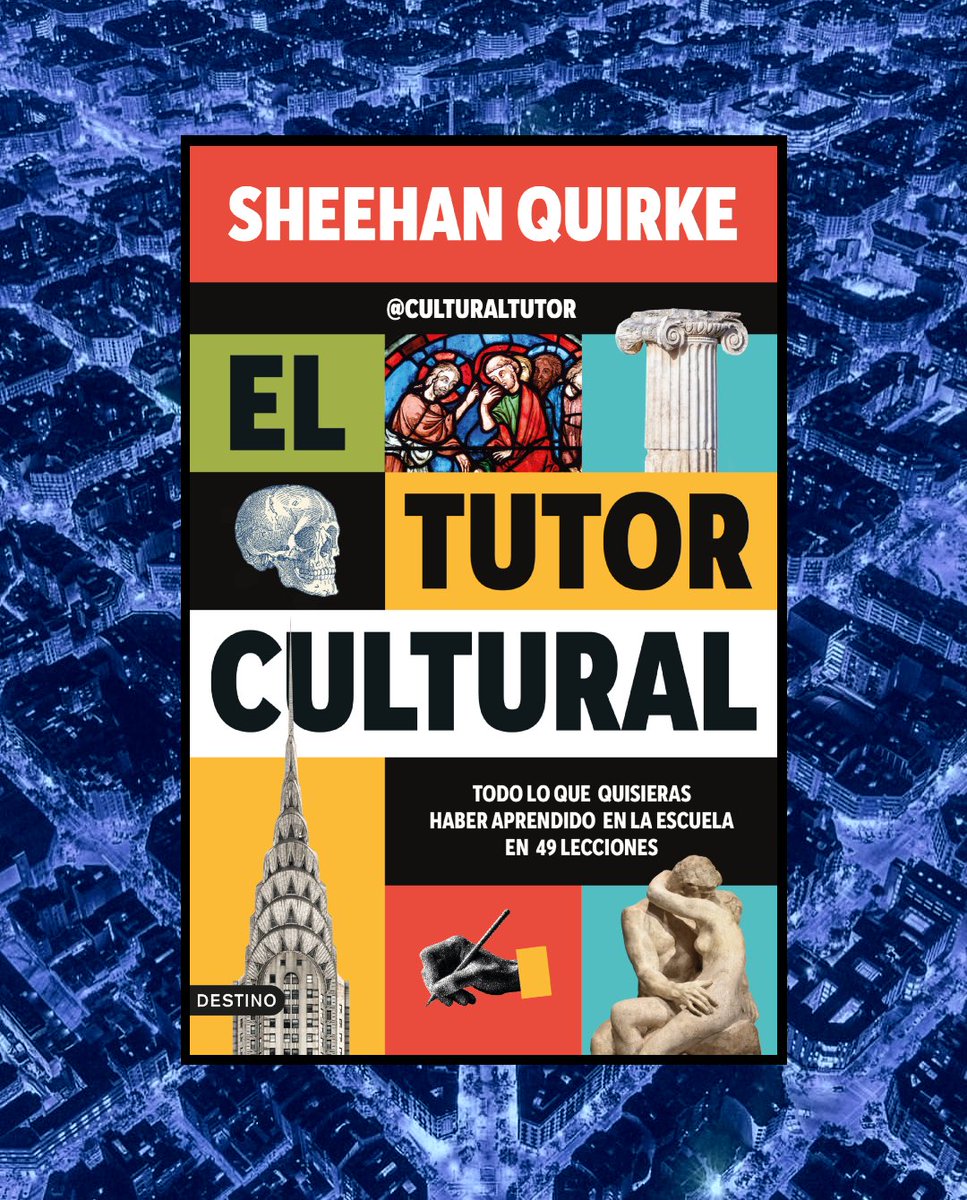"Decem" means 10 in Latin, so why is December the 12th month of the year?
Well, the story begins nearly three thousand years ago with Romulus, the mythical founder of Rome...
Well, the story begins nearly three thousand years ago with Romulus, the mythical founder of Rome...

Romulus was the mythical founder of Rome, supposedly descended from Aeneas, who had fled from Troy centuries before.
He and his twin brother Remus were raised by a wolf and, eventually, they fought over the founding of their new city.
Romulus killed Remus; Rome was born.
He and his twin brother Remus were raised by a wolf and, eventually, they fought over the founding of their new city.
Romulus killed Remus; Rome was born.

Legend says that, among other things, Romulus gave the Romans their first ever calendar. It had ten months, each of 30 or 31 days, and began in March.
These were the names of those months:
These were the names of those months:

What about the period between December and Martius?
In its early days Rome was fundamentally agricultural. With no work to be done in Winter it was a long, dark, and undated stretch of time.
As Roman society grew, however, this situation became obviously problematic...
In its early days Rome was fundamentally agricultural. With no work to be done in Winter it was a long, dark, and undated stretch of time.
As Roman society grew, however, this situation became obviously problematic...

The story goes that Numa Pompilius — the second of Rome's legendary seven kings, who ruled until Brutus revolted and made Rome a Republic in 509 BC — fixed this problem.
He introduced two new months, Ianuarius and Februarius, to cover the time between December and Martius.
He introduced two new months, Ianuarius and Februarius, to cover the time between December and Martius.

Thus the Romans had a twelve month calendar, and they kept the original names — including December as the "10th month" even though it did not, strictly, make sense.
Hence September, October, and November, meaning 7th, 8th, and 9th month respectively, also remained.
Hence September, October, and November, meaning 7th, 8th, and 9th month respectively, also remained.
In reality the Roman calendar was probably adapted from one used by the Greeks, which itself was descended from systems created by the Ancient Mesopotamians as early as 3,000 BC.
Astronomy might just be humanity's oldest science.
Astronomy might just be humanity's oldest science.

In any case, this Roman twelve month calendar was far from perfect.
The trouble with lunar months is that they do not synchronise with the solar year of 365 days.
There is "drift" from year to year and the dates fall out of alignment with the seasons if they are not corrected.
The trouble with lunar months is that they do not synchronise with the solar year of 365 days.
There is "drift" from year to year and the dates fall out of alignment with the seasons if they are not corrected.
Roman priests were in charge of maintaining the calendar — including adding an extra "intercalary month" when necessary to put the calendar back in alignment with the solar year.
This was called "Intercalaris". It came after February and varied in length every time.
This was called "Intercalaris". It came after February and varied in length every time.

By the time of Julius Caesar in the 1st century BC the Roman calendar was in a mess — decades of civil war had caused chaos.
Thus, after his victory over Pompey, Caesar reformed the Roman calendar.
He consulted the astronomers of Alexandria and created a nearly-perfect system.
Thus, after his victory over Pompey, Caesar reformed the Roman calendar.
He consulted the astronomers of Alexandria and created a nearly-perfect system.

This "Julian Calendar" had 365 days per year, with one day added at the end of February every four years — our "leap years".
Astronomers had realised that the real length of a solar year was 365.25 days; adding one day every four meant there was no drift.
Astronomers had realised that the real length of a solar year was 365.25 days; adding one day every four meant there was no drift.
To reset the calendar extra days were added to the current year (46 BC) so that everything would be aligned at the start of 45 BC.
Thus it was literally the "longest year in history" — 46 BC it had 445 days!
No wonder it was called "annus confusionis" — the year of confusion.
Thus it was literally the "longest year in history" — 46 BC it had 445 days!
No wonder it was called "annus confusionis" — the year of confusion.
In 44 BC the month Quintilis was renamed in honour of Julius Caesar, becoming our modern July. And in 8 BC Sextilis was renamed in honour of the Emperor Augustus, thus becoming our August.
Later emperors tried to do the same thing, but their changes never stuck.
Later emperors tried to do the same thing, but their changes never stuck.

This Julian Calendar was used across the Roman Empire and, even after its fall, continued to be the calendar used all over Europe for more than 1,500 years.
Alas, there was an imperfection in the Julian Calendar...
Alas, there was an imperfection in the Julian Calendar...
The real length of the solar year is 365.2422, slightly less than the 365.25 used by the Julian Calendar — hence it drifted by one day every 128 years!
Thus, by the 16th century, the date of Easter was 10 days out of alignment with what it was originally supposed to be.
Thus, by the 16th century, the date of Easter was 10 days out of alignment with what it was originally supposed to be.
And so in 1582 Pope Gregory XIII commissioned another reform to correct the errors of the Julian Calendar, adding one extra leap year every four centuries.
The calendar was also reset: in 1582 Thursday 4th October was followed by... Friday 15th October!
The calendar was also reset: in 1582 Thursday 4th October was followed by... Friday 15th October!

And this "Gregorian Calendar" is the one we still use today.
It is a palimpsest whose origins and systems are, deep within their coding, thousands of years old, going right back to the very dawn of human civilisation in Ancient Mesopotamia.
It is a palimpsest whose origins and systems are, deep within their coding, thousands of years old, going right back to the very dawn of human civilisation in Ancient Mesopotamia.
Its quirks have also survived, whether December being the 12th month rather than the 10th or March being named after Mars, the Roman God of War.
The past always influences the present, even invisibly — how we measure time is itself something that has been shaped over millennia.
The past always influences the present, even invisibly — how we measure time is itself something that has been shaped over millennia.
• • •
Missing some Tweet in this thread? You can try to
force a refresh





















